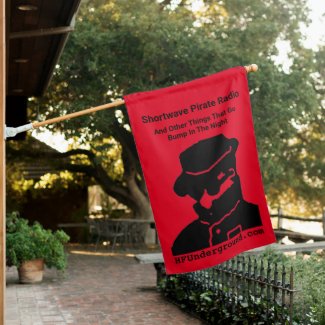I agree that in the overall scheme of all the errors that are there and can be introduced, the length of the coax and the differences in antenna types is not going to be highest on the pareto chart.
TDoA is ultimately a process that relies on probability and statistics and the map result is always expressed as a probability. If you do one TDoA run, not knowing where the transmitter is ahead of time, and at the end of that run think that you have the one "true result", then I have a bridge to sell you. Statistics is a science of estimation based upon a pool of data and determining the confidence level in that estimate; one run is not a pool, for the purposes here, it's one sample. (Admittedly 30 seconds of sampling has many samples within it but with the time scale of HF propagation, for the purposes here, I call one TDoA result = one sample.)
Some of the things that I like to do are:
a) repeated runs using the same receivers
b) repeated runs using completely different receivers, if possible, or at least swapping in one or more receivers.
If I get more or less similar results each time, then I am more confident of the answer. (This is one of the basic rules of statistical inference.) However, more often than not, especially on lower-power transmitters, a) and/or b) lead to somewhat different results than previous runs. This means your confidence level in the previous result has dropped. Some of the reasons for this are covered in the links that SIGINT provided. There can be a "pulling" action depending receiver choice, for example.
Other things that have an impact are different propagation modes, daylight/nighttime over some of the receivers, and SNR.
What I do to maximize chances of success*:
1) a) and b) above
2) I always use IQ mode. I am not sure if the kiwi TDoA algorithm performs separate I and Q correlations but I was told many years ago that IQ mode was essentially mandatory. I think that the TDOA algorithm can still generate phase information from AM, CW, SSB detection but I'm going to suggest that IQ mode is probably better for this to give it the most available information to work with.
3) Be wary of some receivers in daylight and some in nighttime. Seek to have all the TDoA receivers you use either all in the day or all in the night.
4) I try to use 3 receivers most of the time and only emply 4, 5 or 6 to solidify a result that I already determined using 3 to increase confidence.
5) The receivers in use can not be too close to the transmitter for HF TDoA, otherwise there will be strong errors. What's "too close"? It depends, but a minimum of ~300 miles/~500 km is a good rule of thumb.
6) Because of 5) above, I always start out wide and then decrease my focus area encircled by the receivers.
7) In general, I like equidistances between all the receivers and the target. This is why it helps to know where the transmitter is already. (Yes, I realize the irony here and so should you.)
8 ) Always favor receivers with better SNR on the signal you want to TDoA over worse. (Note that has nothing to do with a receiver's general SNR score.) To check out a receiver before you choose it for TDoA, double click on the receiver in the TDoA receiver selection map to open up a browser tab for that receiver on the frequency of choice. Make a choice of receiver(s) based upon reception quality. Don't just assume it will be OK without checking. (Garbage in --> garbage out.)
9) I generally use 15-second sample periods for initial screening and then move to 30 or 60 seconds to solidify confidence, or if things appear to be noisy.
*success to me looks like a result one high probability result in a diameter of maybe 50 km. This occurs very infrequently on non-SWBC transimitters!



